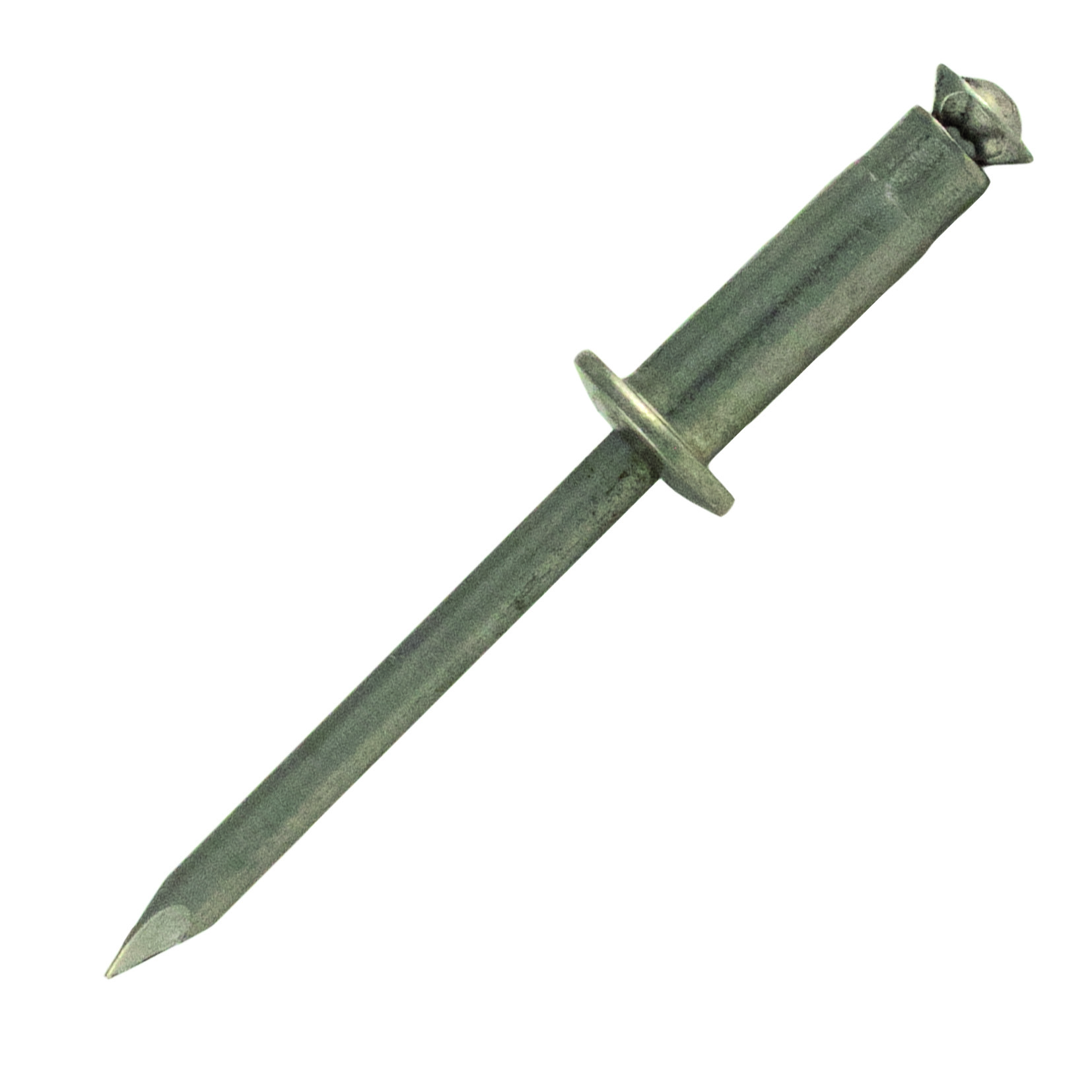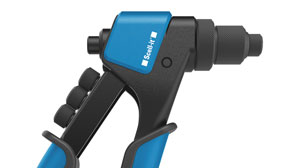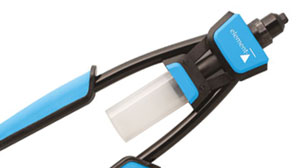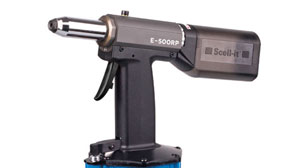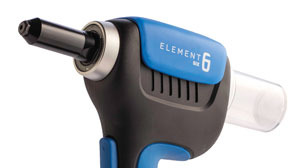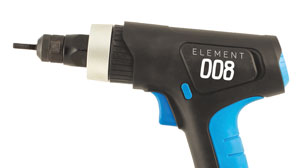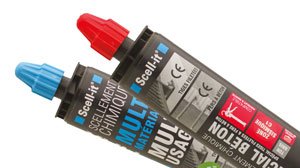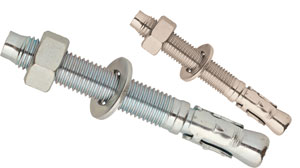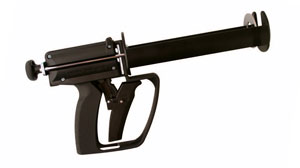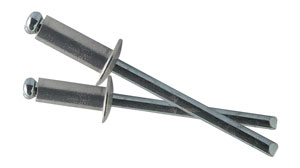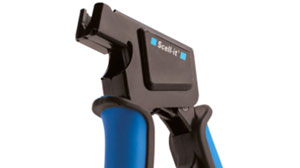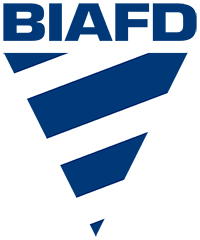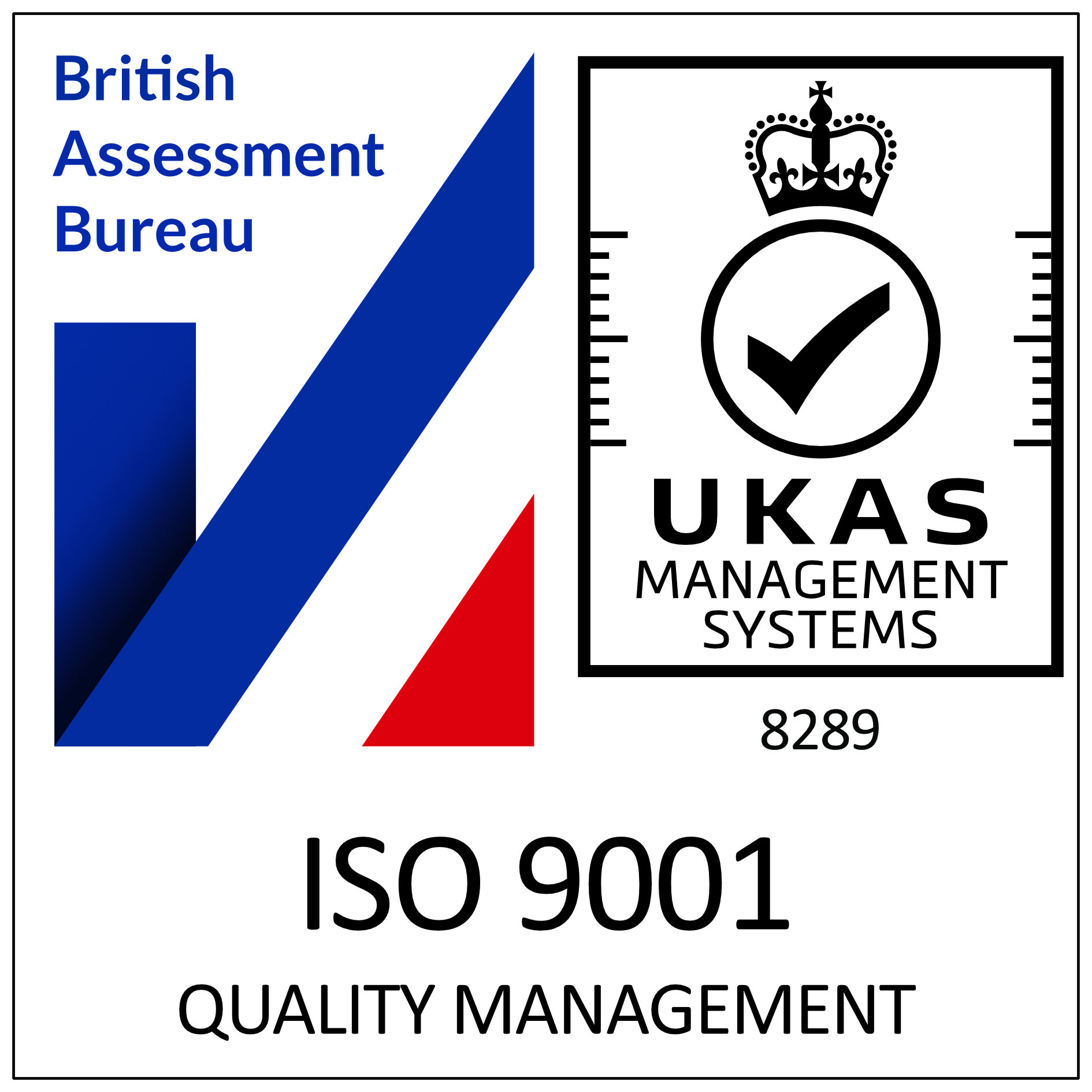A guide to Stainless Steel Grades

It is commonly known that stainless steel (also known as ‘inox steel’ from the French “inoxydable”), is highly resistant to rust, staining and corrosion – making it an ideal material ideal for some applications (e.g. boat building, exposure to water and moisture).
It is an alloy (a mixture of 2 or more metals) that contains at least 10.5% chromium (plus other metals). The added chromium gives stainless steel it’s resistance to corrosion by forming a passive layer of chromium oxide which prevents further corrosion at the metal’s surface and blocks it from spreading to the internal structure of the metal.
Other elements are added to improve its properties – such as nickel, molybdenum, titanium, copper, carbon and nitrogen. It is mostly non-magnetic.
Scell-it commonly use two grades of stainless steel – A2 and A4 – in a wide variety of their products.
A2 Stainless Steel
Also know as type 304 or 18/8 metal. An 18/8 label denotes the fact that A2 grade stainless steel contains approximately 8% nickel and 18% chromium.
A2 is economical and has strong abrasive resistance, good resistance to corrosion and reliably low levels of distortion.
What is A2 commonly used for?
This grade has extensive use in the food and catering industries (e.g. sinks, tabletops, stoves, refrigerators, pots, and dairy equipment). It is also used in telecom equipment, motor vehicles, garden tools, bathrooms, kitchens, hospital equipment, food processing plants and brewing equipment.
It is not suitable for use with chlorine agents, such as swimming pools, and in direct contact with seawater salt.
A4 Stainless Steel
A4 grade (also know as 316 or 18/10) has added molybdenum that provides more corrosion resistance and has more mechanical strength than A2. A4 is referred to as a marine grade stainless steel due to this high resistance to seawater and brine solutions. The higher content of chromium (10%) enables A4 to build a more protective oxide layer on its surface which gives more protection from oxidation corrosion (rust) or even pitting.
What is A4 commonly used for?
Used in highly corrosive and exterior applications such as marine environments.
It is also used for surgical, medical and pharmaceutical applications, as well as for textile manufacture, mining equipment and pumping stations.
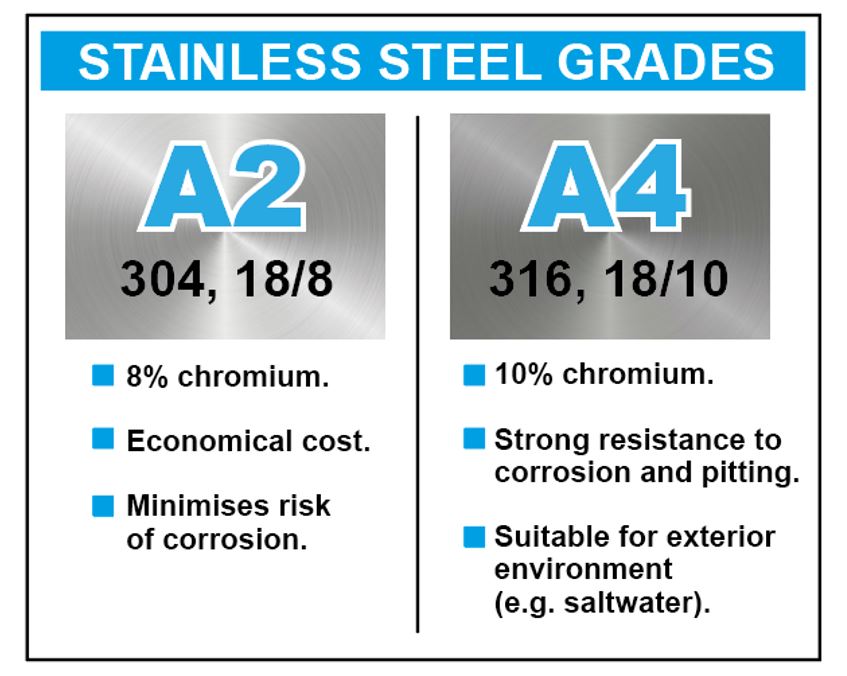
Galvanic Corrosion
It must be noted that ‘ideally’ – Stainless Steel fixings should fix onto stainless Steel fixings or Galvanic Corrosion could occur. This happens when two dissimilar materials are in electrical contact (touching physically) and in the presence of an electrolyte (eg. Rain or saltwater). When a galvanic couple forms, the less noble metal in the couple becomes the anode and corrodes faster than it would all by itself, while the other becomes the cathode and corrodes slower than it would alone.
Galvanic corrosion is common when combining mild steel and stainless steel but rare between two stainless steels. Sometimes metals can be electrically isolated from each other using nylon washers or something with a rubber lining. An example is: Aluminium rivets must not be used on Stainless Steel or they will corrode.
Summary
Both A2 and A4 grades are classed as Austenitic stainless steel (sometimes called the 300 series). This means that they have high chemical resistance but cannot be hardened by heat treatment but can be hardened by cold working.
Both A2 and A4 stainless steels are mostly non-magnetic. Some magnetism can be induced by the cold working process and also by welding.




